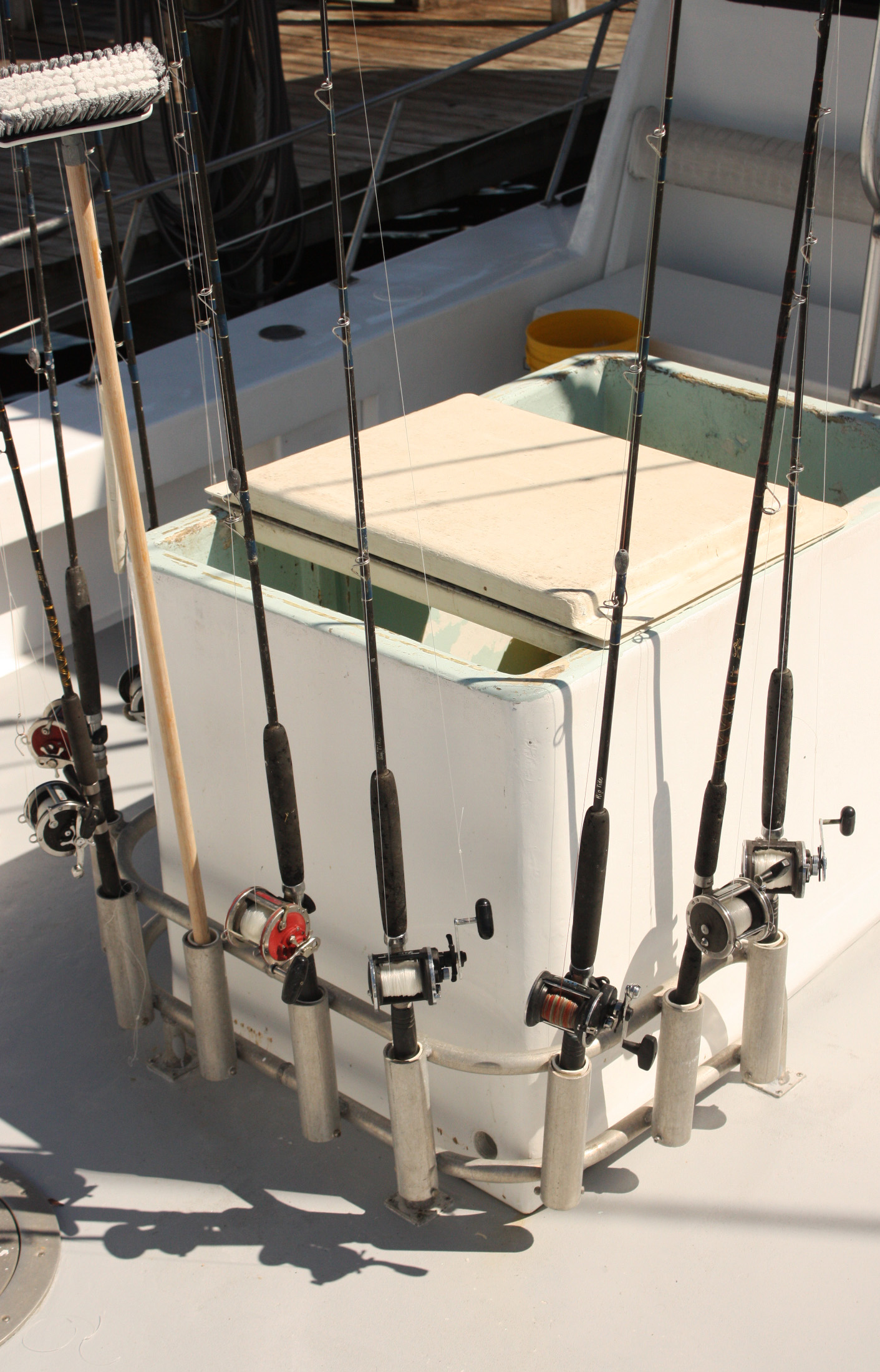Hook, Line, and History: A Look at the Humble Fishing Pole

By Derrick R. Stallings – HuntingOfficer.com
Ever cast a line and felt that satisfying tug? That simple act connects you to a history stretching back millennia! The fishing pole, in its various forms, has been a constant companion to humanity, evolving from a basic necessity to a beloved pastime. Let’s dive into the fascinating story of this iconic tool.
From Branch to Bamboo: The Ancient Origins
Forget fancy graphite and high-tech reels for a moment. The earliest fishing poles were likely nothing more than sharpened sticks or sturdy branches, perhaps with a line fashioned from animal sinew or braided plant fibers. Imagine our ancestors patiently waiting by the water’s edge with these rudimentary tools, a testament to their ingenuity and reliance on the natural world for sustenance.
Archaeological evidence, like cave paintings and ancient artifacts, suggests that fishing has been a part of human life for tens of thousands of years. While we might not have specific “fishing poles” from the Paleolithic era perfectly preserved, it’s safe to assume that resourceful humans were figuring out ways to extend their reach into the water.
As civilizations developed, so did fishing techniques. The Egyptians, Greeks, and Romans all left evidence of fishing with rods and lines. These early rods were often made from locally available materials like willow, ash, or hazel. They were still relatively simple, but they represented a step up from a basic branch, offering more leverage and control.
The Rise of Refinement: Materials Through the Ages
Over time, the quest for better fishing poles led to the exploration of new materials and designs. Bamboo emerged as a particularly popular choice, especially in Asia. Its natural flexibility, strength, and lightweight nature made it ideal for longer rods. Bamboo rods became highly refined, with skilled artisans carefully selecting and tapering the stalks to achieve optimal action and casting ability.
The 18th and 19th centuries saw further advancements. Wood continued to be a primary material, with craftsmen experimenting with different types and construction techniques. The development of segmented rods allowed for easier transport and storage. The introduction of metal ferrules to join these sections marked a significant step forward in rod design.
The 20th century brought about a revolution in fishing pole materials. Fiberglass, with its durability, flexibility, and relatively low cost, became a dominant force. Suddenly, fishing became more accessible to a wider range of people. Then came graphite, offering even greater sensitivity and lighter weight, prized by anglers looking for that extra edge.
Today, fishing poles are crafted from a diverse array of materials, including various composites of graphite, fiberglass, and even boron. Each material offers unique properties in terms of strength, weight, sensitivity, and action, allowing anglers to choose the perfect rod for their specific needs and fishing style.
Casting into the Future: What’s Next for the Fishing Pole?
So, where do we go from here? The future of fishing poles is likely to be shaped by advancements in materials science and technology. We might see even lighter and stronger composites emerge, offering unparalleled sensitivity and casting performance.
Smart technology could also play a role. Imagine rods with built-in sensors that provide information on water temperature, fish activity, or even the optimal casting angle. We might see more modular designs, allowing anglers to customize their rods for different situations.
However, despite all the potential innovations, the fundamental purpose of the fishing pole will likely remain the same: to connect us with the water and the thrill of the catch. Whether it’s a simple cane pole or a high-tech graphite marvel, the fishing pole is more than just a tool; it’s a link to our past and a gateway to countless hours of enjoyment in the great outdoors.
What are your thoughts on the evolution of the fishing pole? What kind of innovations do you think we’ll see in the future? Share your experiences and ideas in the comments below!
*AI Was Used In The Creation Of This Post
Discover more from HuntingOfficer
Subscribe to get the latest posts sent to your email.
